

One area where the genius of the Muslim civilisation has been recognised worldwide is that of art. The artists of the Islamic world adapted their creativity to evoke their inner beliefs in a series of…


A splendid mosque was erected recently at Abu Dhabi. Named after the late Sheikh Zayed al-Nahyan, the Mosque was opened at the end of 2007 to emerge as one of the ten major mosques of…


Sinan, called Mimar Sinan (Architect Sinan) and Mimar Koca Sinan (Great Architect Sinan), is the most celebrated of all Ottoman architects. In this article by Dr. Rabah Saoud, his architectural models are characterised. These models…
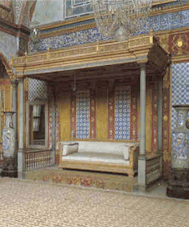

Construction of a palace to accommodate the Ottoman administration and royal household began in 1459, lasting most of the reign of Sultan Mehmed II. The palace included gardens reflecting the Muslim traditional love of nature…


Commissioned by Sultan Ahmed (1606-1617), the mosque was built by Mehmet Agha who is said to have toured key Ottoman monuments before he drew the plan of the blue mosque. This can be affirmed by…


The Madrassa was one of the main venues of education in the Muslim World under the Ottoman Caliphate until 1924 when Ataturks' law abolished it in favour of modern schools and universities. In planning terms…


The expansion of commerce in the Ottoman world necessitated the introduction of new types of buildings to accommodate various trade types. The han or caravanserai consisted of cells arranged around a courtyard, providing all the…
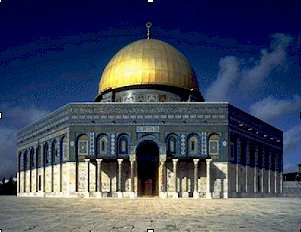

The Umayyad architectural splendour is experienced in both religious and domestic buildings. At the core of their religious heritage we find the Dome of the Rock, the architectural jewel of Islam and Damascus Mosque, its…


Tunis, the green, was the capital of Muslim Caliphate in the Maghreb reaching an unrivalled prosperous period of economic, cultural and social growth. Below is a summary of how this once great city was planned…


This paper seeks to remind readers of the contribution of Islam to the civilisation of the peoples of North Africa by looking at its influence on the urbanisation of the region. The aim is to…


The Muslim influence on musical theory is strongly denied by Western scholars. Even those who accept the Muslims playing some role, reject their deep involvement with the theory,although the Muslims used notation in musical theory…
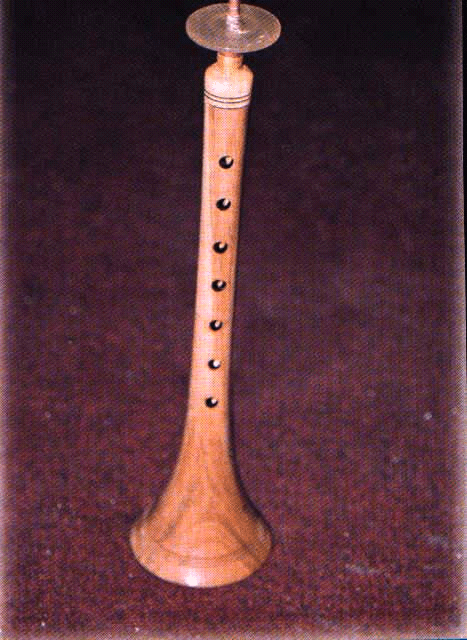

The Arabs were the first to give Europe a scientific description of musical instruments. Looking back into history we can give a descriptive influence of the Muslim scheme of phonetic notation and instrumental tablature which…
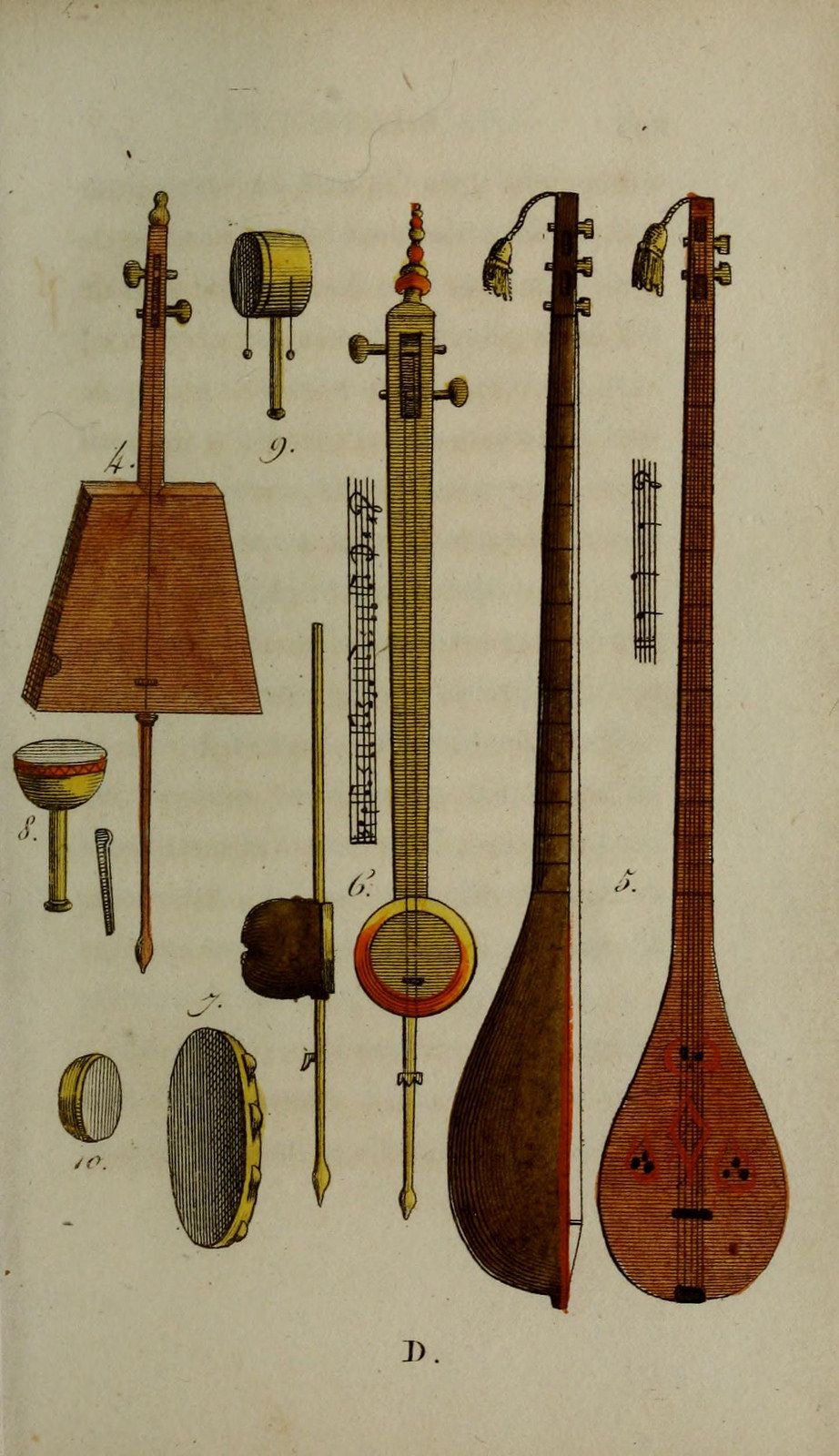

An insight into the influence of Muslims on the musical revival of Europe which can be detected as early as the period of the Carolingian Empire.


The Muslim carpet has long been a luxury commodity sought by textile museums, rich collectors and wealthy merchants all over the world. The fame of the flying carpet of 'Al'a Al-Din (Aladdin) added some emotional…
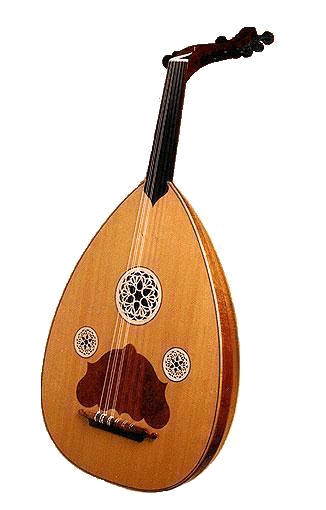

Many musical instruments came into European civilisation from Islamic Civilsation. Much of this is hardly known and rarely acknowledged. This article starts to set the record straight
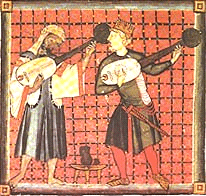

People who are familiar with traditional Arab music as well as Flamenco will know the obvious historical connections. What is less well known are the deeper connections from Western musical instruments and theory back to…


Under the Seljuk patronage the mausoleum saw considerable development. This type of building evolved from early funerary monuments which were first erected to honour the Umayyad rulers in the 8th century.
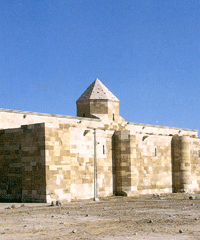

The Seljuk's developed the caravanserais or khans (Anatolia) or Ribat. These were charitable foundations providing travellers with three days of free shelter, food and entertainment (in some cases) as part of the charitable work emphasised…


Seljuk's made developments in the form, function and character of the mosque and expanded the use of Madrassa which, according to Van Berchem, first appeared in Kurassan early 10th century as an adaptation of the…


The Seljuk mosques took a form of minaret which was substantially different from that of North Africa. The adoption of the cylindrical form, instead of the usual square, with tapered shafts often broken by balconies…


Another Seljuk innovation in the plan of the mosque appeared in what Andre Godard called the Mosque Kiosque. This usually small edifice is characterised by its unusual plan which consists of a domed hall, standing…


According to Scerrato (1980) the Iwans plans of Seljuk Mosques were mainly developed for multi-functions including, prayer, teaching, lodging of teachers and students, libraries and charitable activities like stopping stations on the road of pilgrims.
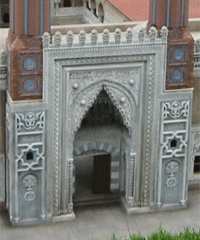

The Seljuks were the first Turkish dynasty to rule the Muslim World reviving the dying Caliphate. Their arrival marked the introduction of the four Iwan mosque concept, the Caravanserais (Khans) and baroque art that spread…


The mosque plan was developed through a process of change and modification resulting in the emergence of four main forms reflecting the main periods of Islamic attainment.
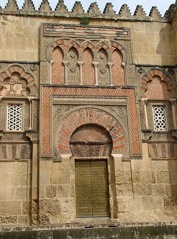

Perhaps no culture mastered the design and use of the arch more than the Muslims. Inheriting earlier arch forms from the Greeks and the Romans, Muslims developed a variety of new shapes including the horseshoe,…


Islamic architecture encompasses a wide range of both secular and religious styles from the foundation of Islam to the present day, influencing the design and construction of buildings and structures in Islamic culture and beyond.…


Under the Umayyads, Islam spread to various lands, generating considerable prosperity and wealth. In that period, the mosque developed its main structural and functional elements such as Minaret, Mihrab, Maksurah and dome.


The architects of Ukhaidir first introduced a new elaborate technique based on the construction of elliptical (pointed) barrel vaults with bricks in similar technique to building a wall and therefore considerably eased the way vaults…


Building enthusiasm of the Abbassids took a new dimension in the construction of mosques as reflected in their size and character. They adopted the tradition of mud and baked brick construction in moulded with geometric…


The Abbassid period is characterised by large-scale design and city planning. In addition to their famous cities of Baghdad (762) and Samara (836), the Abbassids founded the settlement of Al-Rafiqa.


Among the features of the Abbassids elaborate lifestyle that had a great impact on the architecture of this period was the ceremonial attitudes of the Abbassid Emirs which led to the spread of monumental gates…
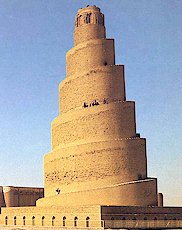

The Abbassids became patrons of a number of gigantic construction projects extending from large mosques and complex palaces to large-scale urban design and city planning, and consequently played a fundamental role in the city planning.


The palace is an architectural masterpiece in every term. The composition of courts, gardens and water expressed the Muslim views of paradise and its eternality rewarding those who strive to reach it.


Bab Mardum Mosque was built in Toledo Spain between 999 and 1000 according to an inscription found on its façade. It was believed by Lambert (1958) to be the inspiration for the ribs used in…


Al-Zahra became renowned for its high advanced civilisation, style and protocol in addition to the extensively decorated walls, floors and ceilings of its buildings. Venue for the legendary reception of King Ordono IV of Leon,…


One cannot visit Cordoba (in Spain) today without a trip to its main tourist attraction, The Great Mosque of Cordoba. A symbol and reminder to the world of the golden civilisation that Muslims built in…


The first appearance of the pointed arch in the Muslim World was traced to the Al-Aqsa Mosque, but the Palace of Ukhaidir - Iraq remains the first building where the pointed arch was used constructively…


Muslim art differs from the art of other cultures in the form and material as well as in the subject and meaning. Read Dr. Saoud's facinating insight into the world of Muslim Art.
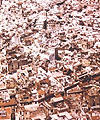

Islam is seen by many scholars as an urban religion, which favours communal practice on individual worship. Although, piety is the only source of appraisal, it is widely accepted that most of Islam's teaching is…
Muslim Heritage:
Send us your e-mail address to be informed about our work.
This Website MuslimHeritage.com is owned by FSTC Ltd and managed by the Foundation for Science, Technology and Civilisation, UK (FSTCUK), a British charity number 1158509.
© Copyright FSTC Ltd 2002-2020. All Rights Reserved.
